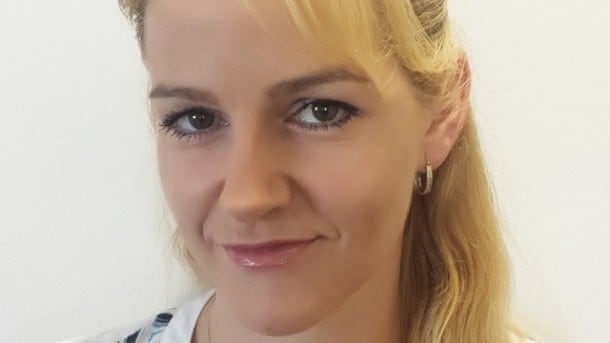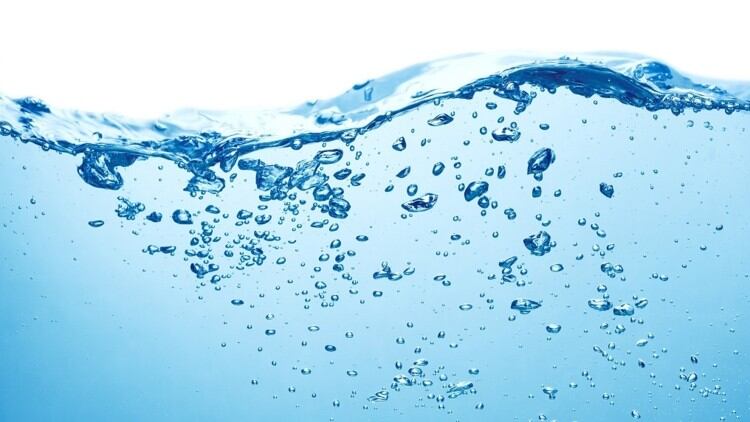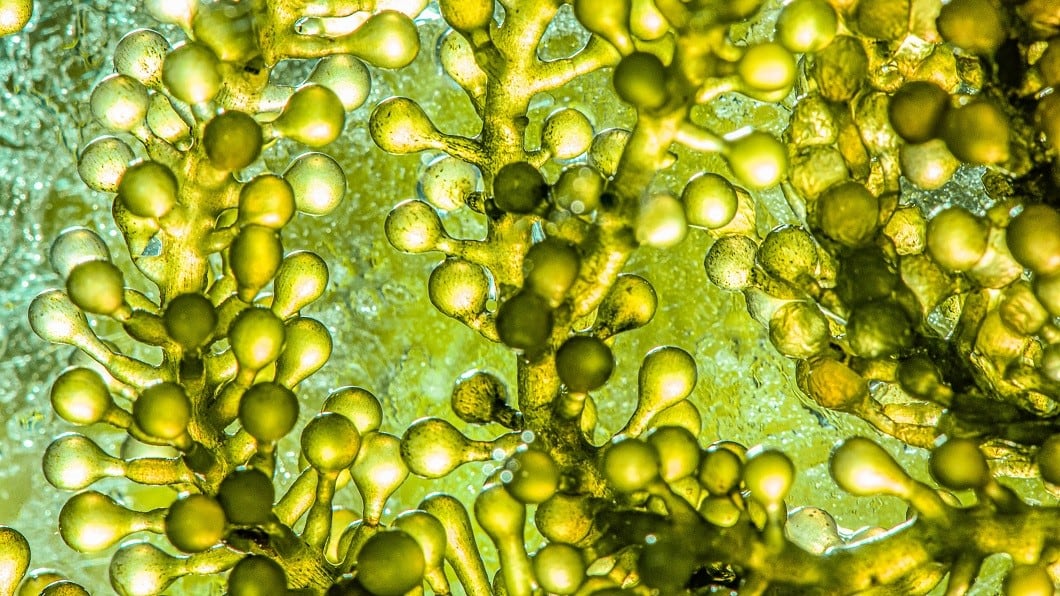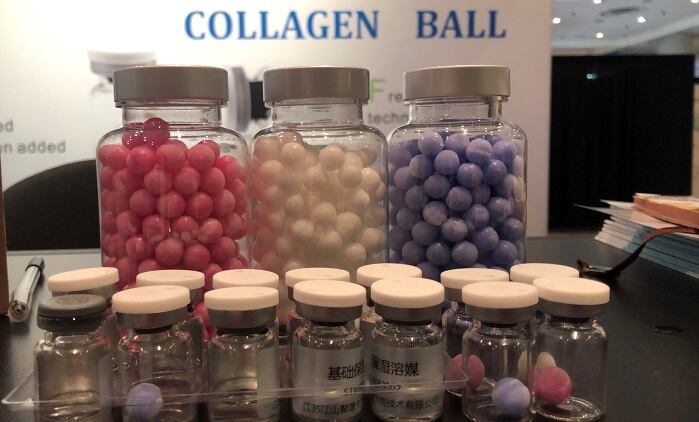Cosmetics Design Spoke to Belinda Carli, the director for the Institute of Personal Care Science, to find out more about what kind of technologies are out there to help reach this goal.
To date, much of what is being offered is in the form of highly bar products, providing cleansing, shampoo, conditioning and moisturising function, but new formulation technology is also focusing on water replacement ingredients, which Belinda discusses in the course of this questions and answer interview.
What are the latest developments in waterless formulation technology?
There are two key developments:

- ‘bar’ products that can be moistened at the time of use to become the product, for example, shampoo bars that can be wet in the shower and foam up/deliver product just like a regular shampoo. We are seeing raw materials launches that enable us to make these product forms where previously we were limited in achieving the right aesthetics and functionality.
- Water replacements – obtaining water-like materials or water from plant sources, for example, from seaweed. The Hydralixir range from Seppic focuses on this concept, where they are able to produce 1000L of water from marine sources using only 60L of fresh water; compared to reverse osmosis which is normally used in production of personal care, where 1587L of drinking water is used to create 1000L of water for production. We’re still going to need water to create many formulation types, but sourcing it from marine or other sources like plants, that are sustainable, takes less burden from our fresh water supplies.
What can ingredients companies do to convince beauty brands that consumers are going to benefit from the enhanced sustainability of waterless products?
I don’t believe brands need convincing – they just need sustainable and economical solutions! Consumers are definitely asking for more sustainability, and brands want to provide this to consumers, so it’s more about the suppliers finding suitable solutions and brands will take them on readily. The biggest trend that is growing and will grow significantly over the next couple of years is reduction of waste, and thankfully, not just in the personal care industry. One of the ways the personal care industry can tackle this issue is through better packaging selection; the other is through using sustainable sources of materials and also using what may otherwise be considered as waste. Hydrosols are a good example of this – hydrosols are produced when essential oils are distilled; so rather than waste this beautiful by product, we are now seeing hydrosols also become a popular water alternative.
Besides sustainability, what are the other selling points of waterless technology for consumers?
Definitely the convenience when travelling – no spills or mess at the other end! Also, waterless products provide low preservative or preservative free options. Where there is no water, there is no microbial growth, so this is also appealing to consumers who have issues with just about every preservative out there. Finally, minimal or recyclable packaging options – its easy to package a bar in recyclable and minimalist packaging much more so than a cream which contains a significant water portion and therefore carries microbial risk.
Where do you see waterless formulation and waterless beauty products in ten years time?
Waterless products and water replacements will definitely be an integral part of most brands – they will need to have at least some waterless or water replacement options in their range to support a robust sustainability message. Along with this, they should work now to minimise their packaging as that goes hand in hand with the waste reduction/sustainability concepts.
Belinda Carli has also produced a number of video relating to waterless formulation, one of which focusing on an innovative shampoo bar, and can be viewed by clicking here.



